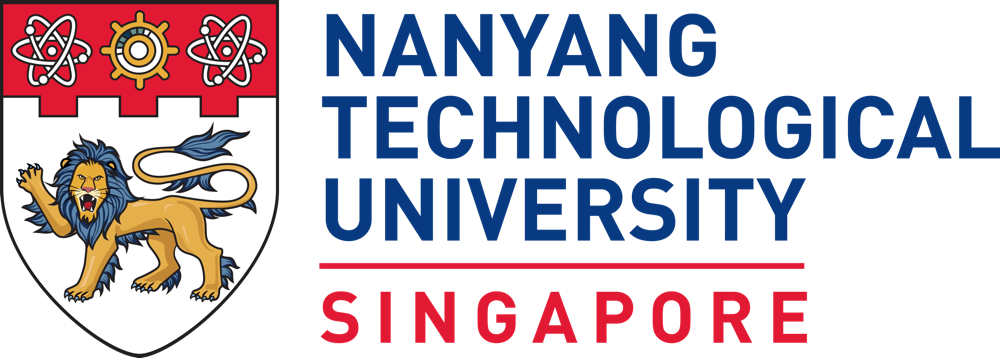Research Activities
Synthetic Neurons for neuromorphic computing (William Mah, Doctorate thesis)
Neuromorphic computing has emerged as a research topic, to circumvent the challenges posed by von Neumann computing architecture. To realize neuromorphic computing, investigations on synthetic neurons and synthetic synapses are essential. We have been working on magnetic domain wall based synthetic neurons. In one of the approaches, we have proposed a neuron that can achieve self-reset mechanism via an anisotropy energy gradient. More investigations via experiment and simulation are in progress.
Magnetic Skyrmions (Sabpreet Bhatti, Doctorate thesis)
Magnetic skyrmions have the potential to be used in logic and memory devices. We have investigated methods to overcome Skyrmion Hall effect. By using DMI barriers/wells, we can confine the motion of Skyrmions within these wells/barriers. We have also investigated the interface modification of skyrmions to enhance the skyrmion density.
Domain Wall Memory based on Synthetically Textured Magnetic Materials (Jin Tianli, Doctorate Thesis)
Domain wall racetrack memory is investigated as a potential candidate to store information at high capacities and low energy consumption. The information is moved by spin torque, which shows the high speed, but the key issue in the reliable operation of domain wall memory is to precisely control the domain wall motion. For this purpose, a more powerful method is required to control domain wall displacement. Here, we investigate the domain wall controlling effect by using synthetic magnetic textures.
Self-Assembly Nanopatterns for Recording Media (Durgesh Kumar, A part of the doctorate Thesis)
Self assembly of diblock copolymers are being researched to achieve nanostructures over a large surface. Long range order can be induced by assisted self-assembly. Such nanostructures have potential applications in electronics and hard disk industry. Here, we use self assembly PS-PDMS diblock copolymer followed by ion implantation to fabricate magnetic nanostructures, which can be used in memory devices.
Carbon Overcoat Deposition for high-density Recording Media (Sabpreet Bhatti)
Advancing areal density of hard disk drive requires reduction in magnetic spacing. The thickness of carbon overcoat, which protects the magnetic media from corrosion, is a major factor that increases magnetic spacing. Therefore, thinner carbon overcoats with the ability to protect the media from corrosion are being researched. We are collaborating with Prof. Rajdeep Singh Rawat of National Institute of Education, on the potential use of a novel technology to improve the carbon overcoats.
Magnetic Recording Media (Dr. Surbhi Gupta)
Advancement of perpendicular media technology is now in stagnant stage. The emerging technologies are premature and not ready to deliver yet. In this project, we aim to develop new materials for different functional layers including soft magnetic underlayer, seed layers, and interlayers along with the key constituent of granular recording layer. High vacuum based multilayer thin film depositions and concomitant characterizations are exercised to study the new stack designs of perpendicular recording media.

